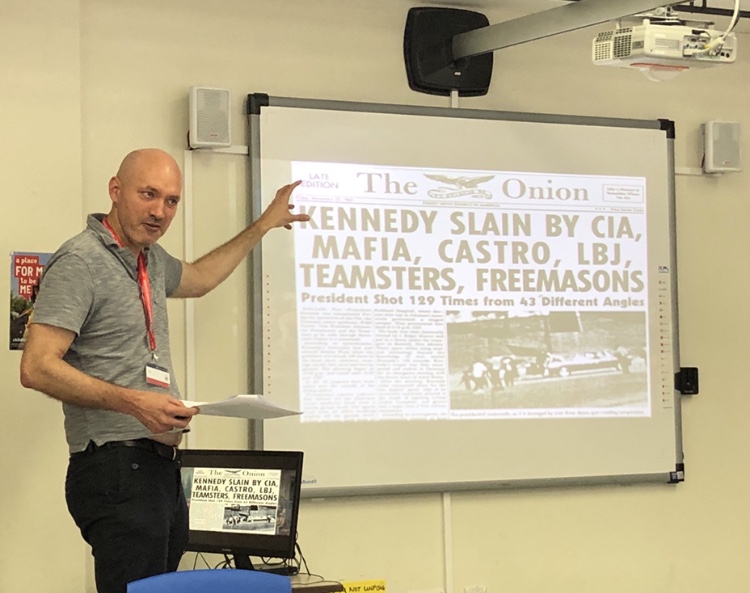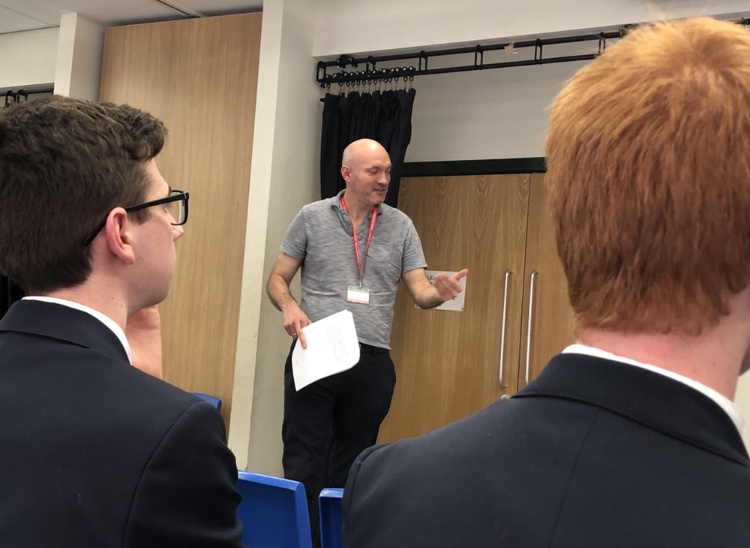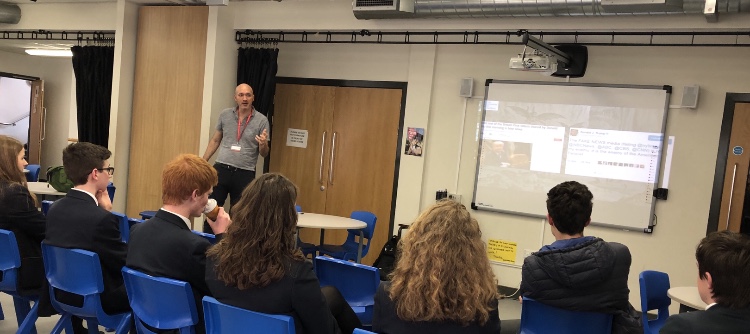HISTORY: Why there's nothing new about fake news
The latest Ripon Grammar School history society meeting heard how historians are particularly well-equipped to handle the challenges fake news presents

IN a world which seems to be drowning in ‘fake news’, the latest RGS Cincinnati History Society provided a welcome life raft, with a learned expert on hand to help steer us through the torrent.
Students and staff with an interest in history and politics were treated to a fascinating lecture by Dr Andrew Heath, from the University of Sheffield, on ‘Fake news, conspiracy theories and American democracy’.
He argued that Trump’s style of presidency – with his populist rhetoric and use of conspiracy theory – hasn’t come out of nowhere but has its roots firmly in American political tradition.
“Fake news, conspiracy theories and rumours have been building blocks of American politics for much of the republic’s history: indeed it’s hard to imagine an American democracy without them,” he said.
Dr Heath demonstrated how fake news isn’t unique to the internet age, highlighting two famous nineteenth century hoaxes and a cluster of conspiracy theories to try to understand the longer history of American fake news.
For example, the New York Sun, America’s first tabloid newspaper, announced tin 1835 that an astronomer in Edinburgh with a powerful new telescope had discovered life on the Moon.
Backed by fake authority figures and illustrated with pictures of the Moon’s creatures, including winged humanoids and biped beavers, the story was reprinted in dozens of newspapers around the country and, within two days, had gone viral.
A generation later, another New York tabloid, the Herald, ran the greatest fake news story of nineteenth century America, the Central Park zoo massacre, which reported that wild beasts had broken out of their cages and were rampaging through Manhattan.
The Moon hoax and zoo massacre story were symptoms of a broader phenomenon in the information-rich America of the time, which had thousands of competing daily and weekly newspapers.
“Fake news was part of the culture,” said Dr Heath, pointing out that serious editors set themselves up as gatekeepers of reliable knowledge only when journalists adopted a code of professional ethics a few decades later.
In the intervening years, conspiracy theories surrounding everything from the assassination of John F Kennedy to the use of vaccines have been rife and, worryingly, have been seen to flourish in certain conditions where they can easily become the foundations for claims to political power, he added.
“Now the internet threatens to overwhelm those gatekeepers in the same way the tabloid press back in the nineteenth century overwhelmed the establishment of the day,” warned Dr Heath.
He concluded that historians are particularly well-equipped to handle the challenges fake news presents: “We can learn something here about the value of studying history. Fake news flourishes in environments in which we don’t know whom to trust. But the skills the study of history cultivates – not least the capacity to read sources with a critical eye and an alertness to the kind of contexts in which conspiracy theories take root – can help us separate fact from fiction.”
*The Cincinnati RGS history society (named in honour of US president George Washington) is open to all students, fifth form and above, and staff – not just historians. Recent speakers include author Gareth Hughes, who talked about the presidency of Lyndon B Johnson “The man, the dream, the nightmare’, and RGS headmaster Jonathan Webb, who discussed Gorbachev and his contribution to the fall of the CCCP









